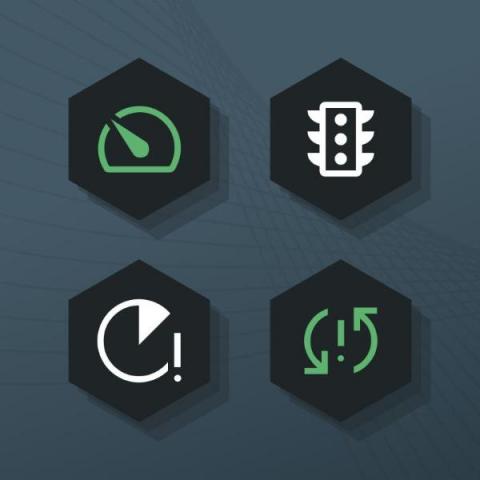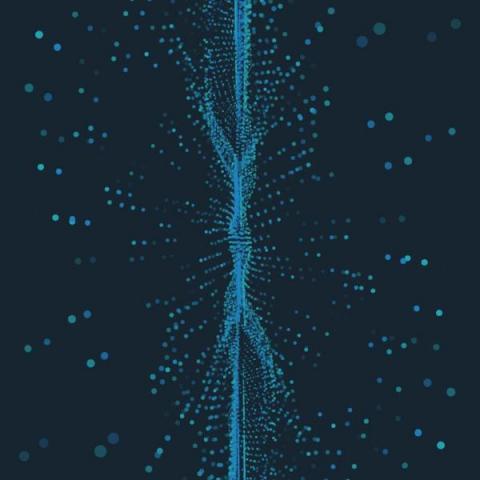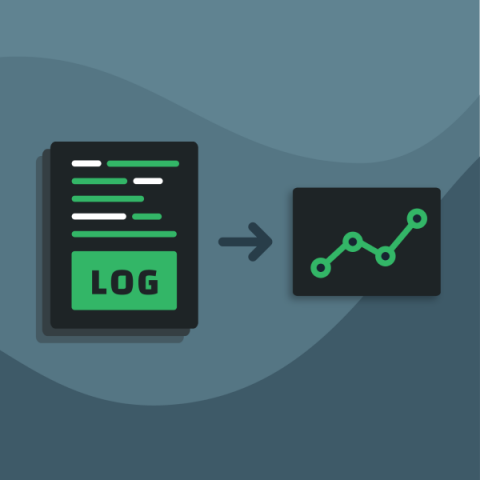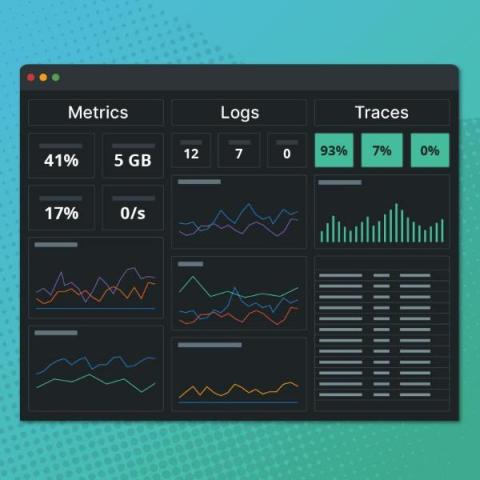Video: How to Apply the Golden Signals to Your Monitoring Strategy
The Four Golden Signals, developed by Google SREs, are key metrics used to monitor the health of your systems. In today’s complex IT environments, these key metrics can help engineers and IT operations prioritize the most significant issues to address. The Four Golden Signals include: In the following 9-minute video, I focus on two of these signals in particular, latency and errors, because they often result in customer-facing symptoms.











